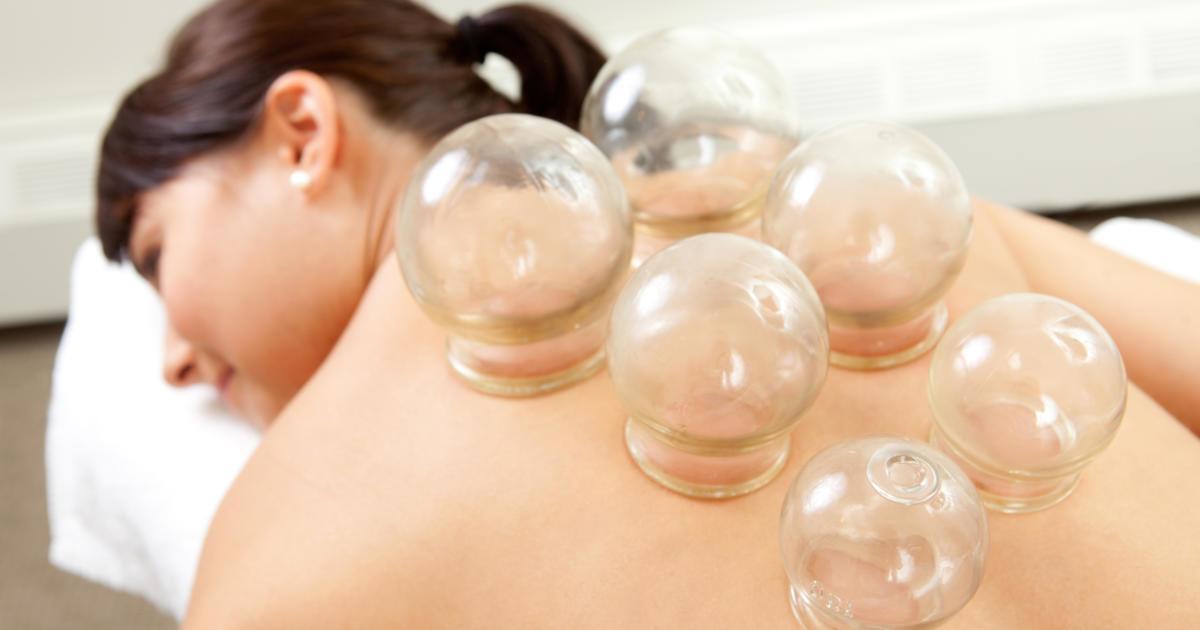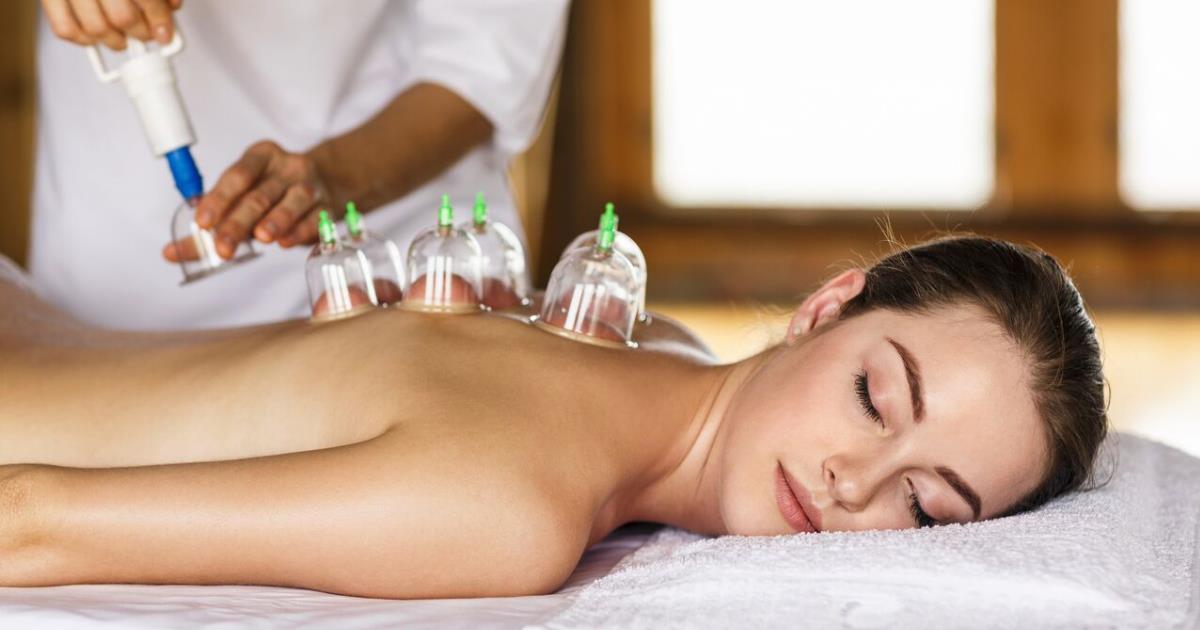Does Cupping Therapy Really Work?
Many types of physical therapy benefit the mind and body. While regular deep tissue massages are one example, many individuals are going for a more specialized type of massage therapy, known as cupping. While it's relatively unknown to most, cupping therapy has been widely used for centuries in China, Egypt, and in many Middle Eastern countries. Ancient documents describe the use of cupping therapy as far back as 1,550 B.C. One of the world's oldest textbooks on medical treatment, 'Ebers Papyrus,' documents the use of this treatment. While the practice has been in use for centuries, it only recently made its way to the West and is now benefiting patients throughout North America. However, before considering the treatment, patients may want to learn more about it.
What Is Cupping Therapy?

Even when most individuals ask what cupping therapy is, they already have a basic idea of the process. Just as one might suspect, the treatment involves placing uniquely formed cups on bare skin, which suction the skin. Typically, the cups are constructed out of glass, or they may be made from bamboo, silicone, or earthenware. There are two distinct types of cupping: dry or wet. Either method requires a fire to be produced inside the cup with flammable substances, such as paper, alcohol, or special herbs. Once the fire is extinguished, the therapist slaps the cup over the skin to trap the gases inside. Those gases create a suctioning effect, pulling the skin up into the cup. The therapist will leave each cup in position for up to three minutes, allowing time for the process to cause blood vessels to expand. This is why skin will turn red and remain discolored for a short time after the cup has been removed. Some more modern therapists use rubber cups and a suctioning machine instead of creating a fire in the cup.
Get to know more about how it works now.
How Does It Work?

After the cups have been left in place for three minutes, they're removed and the second part of the treatment is administered. During this phase, the therapist makes tiny cuts in the reddened area of the skin with a small surgeon's scalpel. When the cups are again placed over those same areas of skin, the suctioning process draws out small amounts of blood, as well as expanding the blood vessels. In a patient's first session, the therapist may only apply three to five cups at one time, however, up to seven cups may be applied during subsequent sessions. Once each session is over, the therapist applies an ointment over the treated areas and covers them with a bandage. Because it can take up to ten days for these areas to heal, it's important to guard against infection. When prospective clients ask their therapist how does it work, they're often surprised to discover the treatment involves much more than they assume. They're also surprised to discover the vast benefits it provides to their bodies.
Uncover the history of cupping therapy next.
